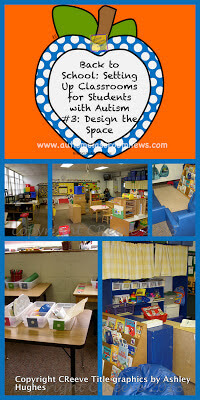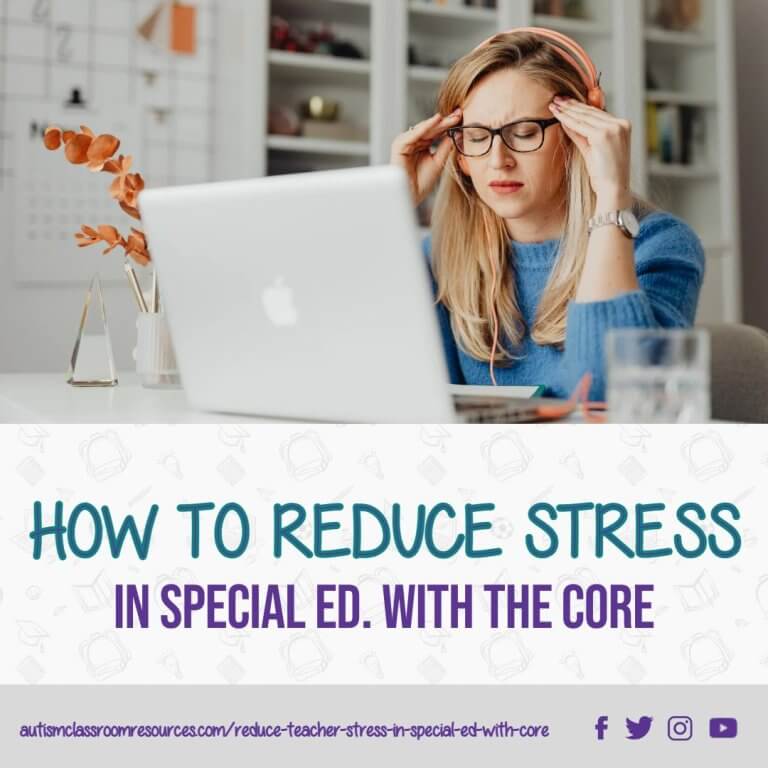To check out other posts in this series, click here.
So now we are going to move onto physical space. This part of the series will be a little shorter because I’ve already written a book about this part, however, you can’t talk about setting up a classroom without talking about the physical space. The physical space depends on the schedule which depends on the students in the classroom. Hence, the physical space may change greatly or very little depending on whether the students are similar or different from year to year. In my last post of the series, I talked about a preschool schedule so today I want to show you the pictures of the classroom itself. Bear in mind it’s a bit messy. When we set up classrooms for a demonstration classroom, we do it in a week while the kids are attending school in most cases. This leads to a bit of a mess and we don’t have a lot of time for “the pretty committee” as a colleague of mine calls it. That comes later–we address the bear bones of the class. However, as an aside, I have noticed that if you are setting up a classroom for students on the spectrum, your theme is usually chosen for you….I’ll call it Visual Town! Typically there are so many visual supports and communication materials on the walls that there is little opportunity for “decorating.” So I think about the design of the classroom more than the decorations.
Oh, and I should also tell you that the week before we worked in this classroom, I tore a ligament in my knee falling on black ice. We didn’t think I was going to be able to go, but we autism people are tough! And I thought Sue would kill me if I didn’t. So I went with my leg in a brace the whole time to run a PRESCHOOL classroom! Those of you who teach young ones will understand. Anyone know how hard it is to sit on the floor when you can’t bend your knee? And they still made me run circle!!
OK, so here’s the tour. This was a classroom that was somewhat long and had lots of space with shelves along most of the walls. We needed to break up the space to prevent running, so we put the kitchen / housekeeping area in the center of the room and used that furniture to block it off.
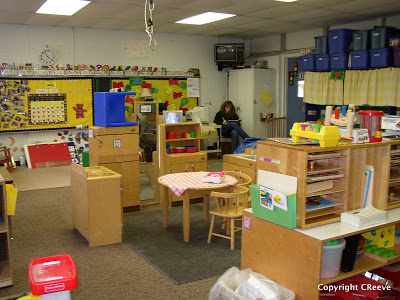 |
| Here you can see the housekeeping area with the table in the middle of the room. |
 |
| This is the other side of the housekeeping area. |
 |
| And this is the back of the housekeeping area so you can see how it blocked off the room. |
On the side of the room, we used cubbies to block off space for a reading area and the direct instruction area. This put a quiet place next to the work area.
 |
| Direct instruction area is the area under the curtains and behind the bookshelf |
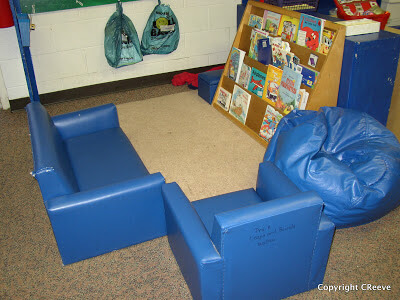 |
| This is the library / reading area |
 |
| This is our independent work system area. Note that the desks face the wall to decrease distractions and can maintain 3 students at a time in the center rotation. |
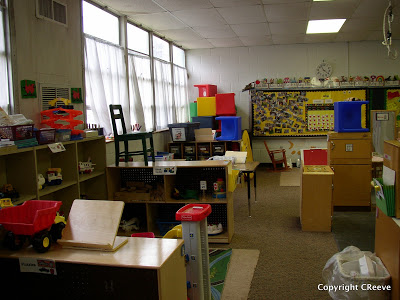 |
| This shows the other side of the room from the library. The first area inside the cubbies on the left is the play area and then the independent work area is just beyond that. |
And below you can see the schedule areas. We had one or two students on an object schedule and one on a first-then schedule. The rest used a full-day schedule with center strips that traveled with them when they rotated through the center
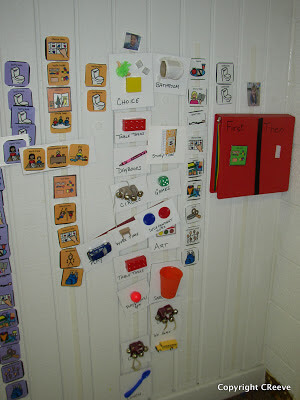 |

Resources
Share it:
- Read more about: Organizing & Setting Up Classrooms, Physical Space

